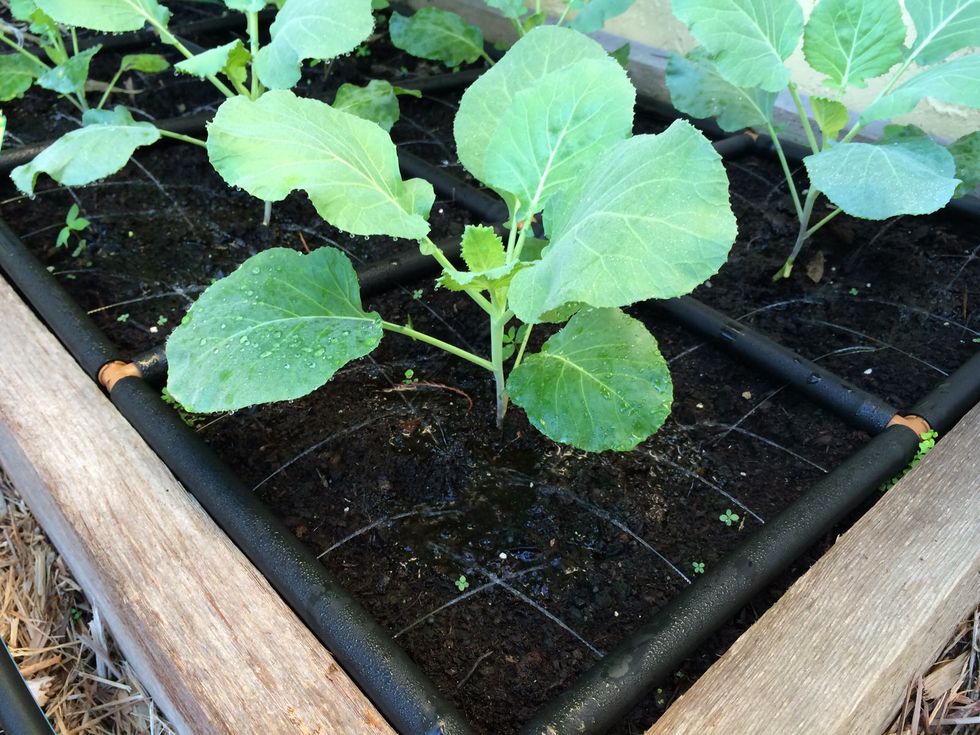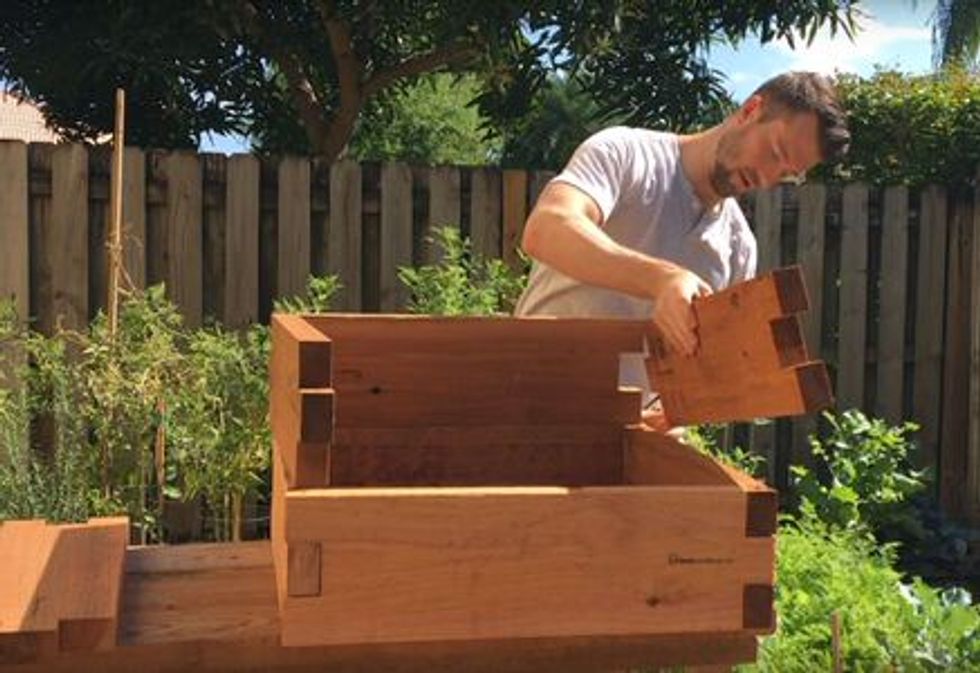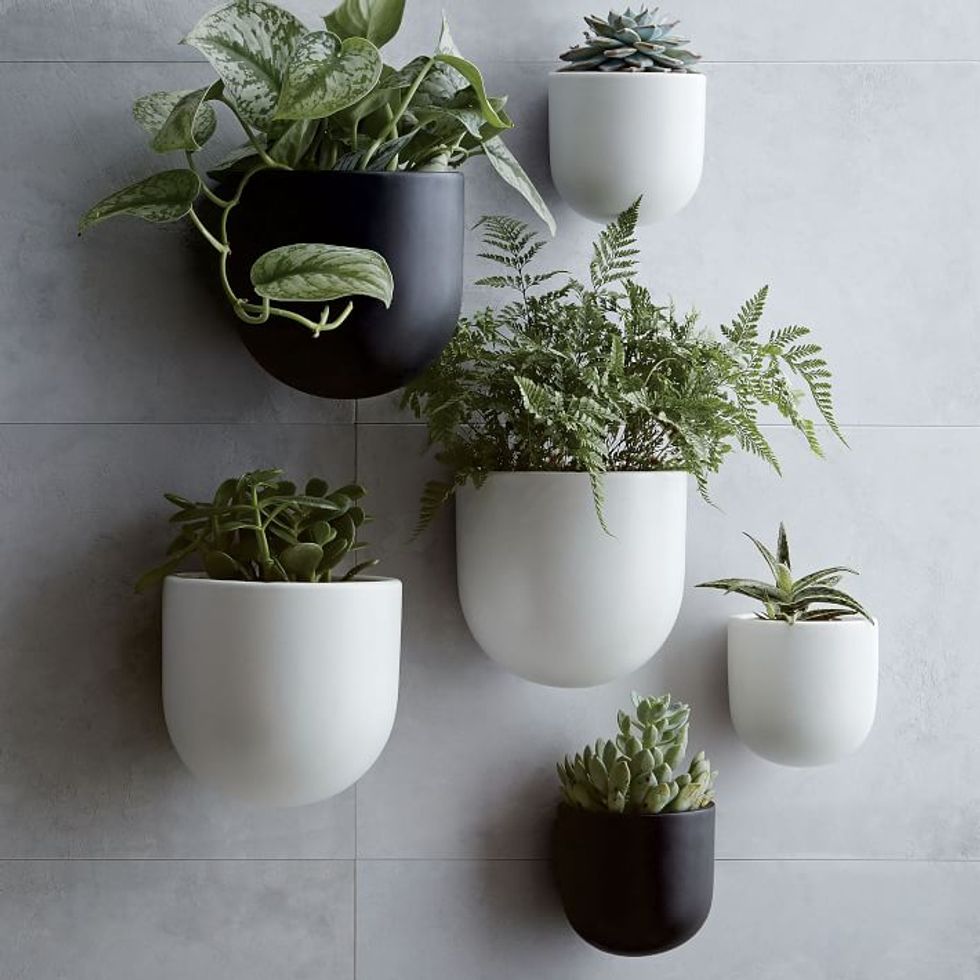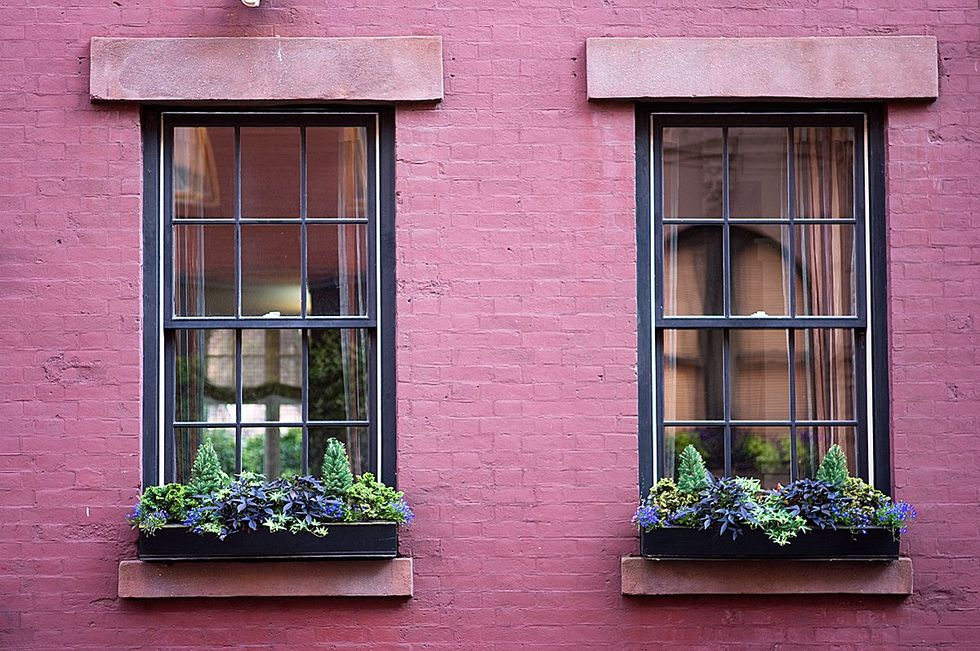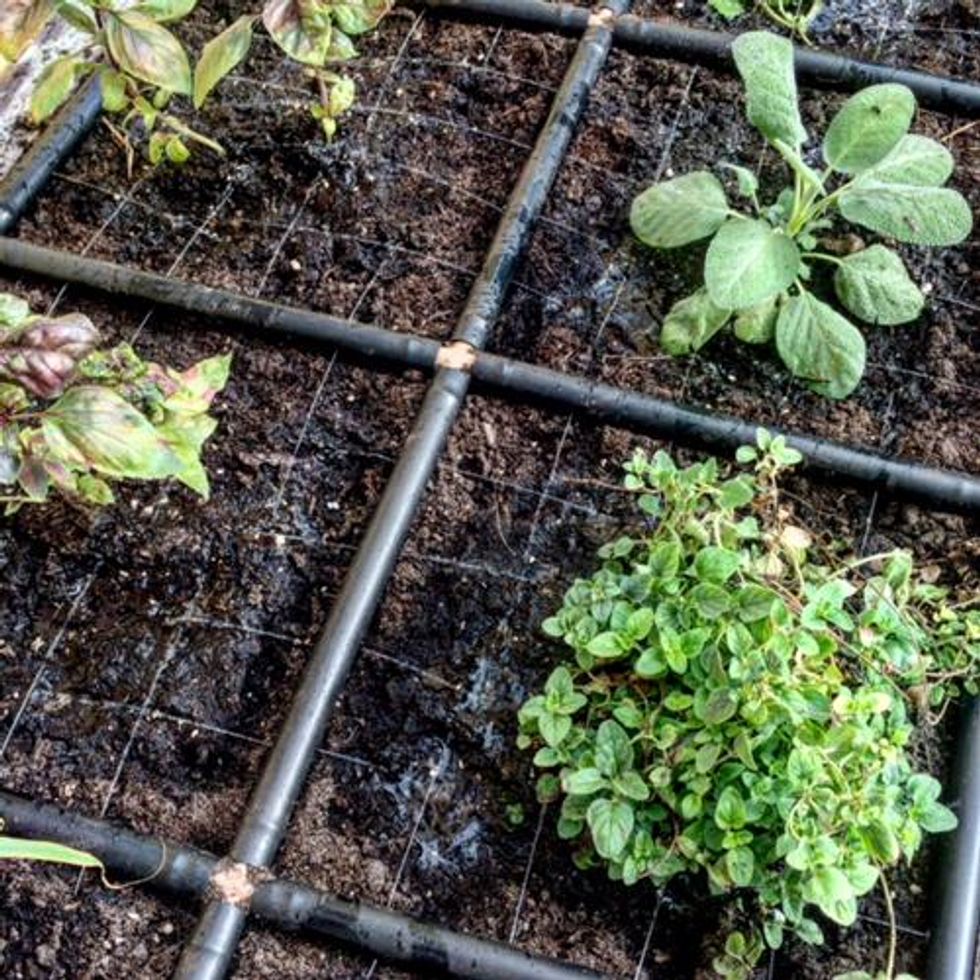How nice would it be to have friends over and serve them fresh Caprese salad featuring your own basil? Or sit on your porch next to a wall of vibrant flowers? In a time when we can have it all, urban living doesn’t come at the cost of your own garden. As long as you have a container, some soil, a little time, and access to roughly six hours of sunlight, then you can grow a little garden.
The biggest challenge of urban gardening is finding space. Backyards aren’t typical in a city or an apartment, so urban-gardeners adapt their space while ensuring that growing mediums functioned properly AND were aesthetically pleasing. Some lucky few even have access to community gardens – plots of land shared by members of the community, often filled with raised beds, used for growing delicious vegetables and beautiful flowers, those who share a common interest. For most, however, urban gardening is limited to a windowsill or porch. If you want to join the growing gardening trend, here’s what to do!
Choose the Right Plants
Along with finding a sunny spot, it’s important for urban gardeners to choose the right plants as well. Smaller plants with shallow root systems are usually best, especially if you grow on a surface like concrete or wood. Typically, urban gardens will be limited to your gardening medium - the bed, pot, container, holder, or bucket in which you grow your plants. They only allow so much growth, so choose plants appropriate to the medium’s size (examples below). Urban gardens are often comprise of herbs, flowers, and leafy vegetables like lettuce. Larger urban-gardening mediums (say something that can hold a gallon of soil or larger) allows for larger plants like tomatoes and peppers.
- Small growing mediums with only 5 inches of soil depth can handle things like chives, some lettuce, & herbs.
- The average sized growing medium provides 8 inches of soil depth, and can handle radishes, carrots, cucumber, eggplants, spinach, peppers, and more herbs.
- Larger options with 8+ inches of soil depth are capable of growing deep-rooted plants like summer squash, broccoli, okra, potatoes, and beets.
Pro Tip: Start your garden by finding a space first so you know how much space you can work with. Then decide what plants you want to grow and match the depth of your growing medium to them!
Urban Gardening Growing Medium Options
Plants don’t require much to thrive. Just a cozy home, some nutrient-rich soil, water, and at least 6 hours of direct sunlight (for most). If you can check those boxes off every day, then you can have a vibrant garden in no time! Below are a few popular urban garden options, and you’re not limited to just one strategy. Take a look and decide which are perfect for you:
- Modular raised garden beds are perfect for porches and rooftops. They can be any size – 1X1, 2X1, 3X3, 4X3 – and good ones are always 8 inches tall or more. Their major benefit is the ability to be expanded - 2x2->2x4 - or further raised to add additional growing depth. So, if you want to grow deep-rooted plants but you only have enough space on the patio for a 2X2 raised bed, then they can be stacked. This is one of the most popular methods of gardening thanks to it simplicity, accessibility, and usability.
- Wall planters are ideal for those who simply have no floor space. As the name suggests, these are smaller planters that hang on the wall, usually in groups of small containers. They are great for growing shallow-rooted plants like herbs and flowers due to their size and location. When hanging from the wall, gardeners always need to consider weight. Even if they don’t seem heavy, planters can put consistent pressure on the wall and can cause damage if too heavy. That said, these containers are a trendy, innovative solution to tight spacing.
- Windowsill containers are a classic urban gardening technique and perfect for those with no floor OR wall space. They can sit inside or outside a window and vary in size. Windowsill containers are great for decorating or growing herbs. If you live high up or above someone else, please remember to install your windowsill container properly and safely. Storms and wind can rattle the window garden, so it needs to be secured correctly.
Food is Fuel
Do not use strange soil. That means soil from a public location or someone’s yard. Regardless of where you are gardening, the soil quality matters. Use bags of soil labeled “Potting Mix” or “Potting Soil” from your local home and garden store. It’s nutrient dense and consists of things like composted bark, peat moss, and minerals that plants crave.
Although you may see some gardeners recommend composting, it’s not necessary and isn’t very practical for small scale urban gardening. The process takes time, effort, space, and it smells a bit. Overall, the idea here is to get you started and easily create a unique garden in an urban location, so there’s no need to complicate it with making compost.
Water and Sun
Ensure that your plants are getting at least 6 hours of sunlight. If they are drying, crumbly, and yellow, that probably means too much sun. If they’re not growing larger, it probably means they’re not getting enough sun. Sunlight can be a little finicky, with some days overcast and others crystal clear. What’s important is to pay attention to the garden’s reaction to the sun. If it looks like it needs more/less, then give it more/less. Gardening is a science, but it’s also an art.
Do not overwater. This is an easy rule to follow as long as a habit is formed while growing. Every morning, lightly press your finger into the soil to check for moisture. Your garden’s soil should be moist at least an inch down – roughly between your pointer fingernail and joint. If it is moist, then relax and don’t water. If it is dry, then add some water.
Don’t spray your plants. Water on leaves magnifies the sun and causes health issues, like scorching or mildew. Instead find a small irrigation system that waters at the plant base or carefully water yourself at their base. The roots suck up the water from the soil, so that’s where the water needs to be. Watering this way not only protects your plant, but also conserves water.


